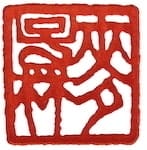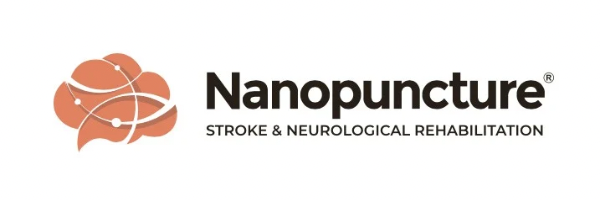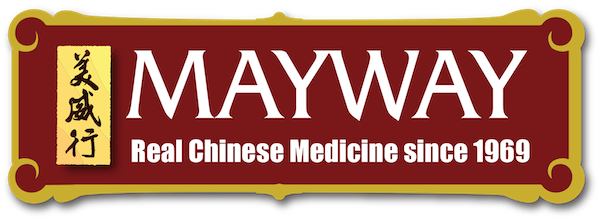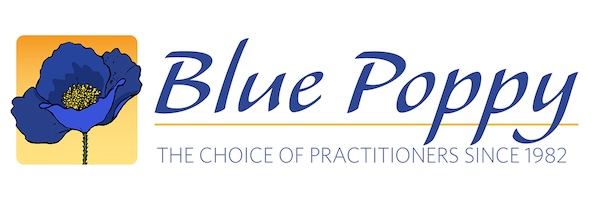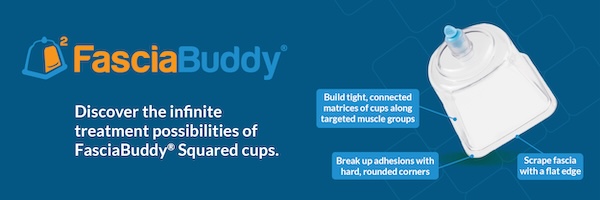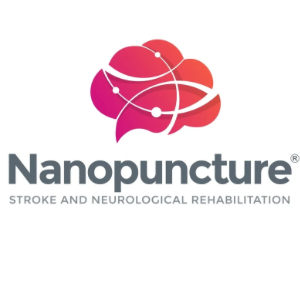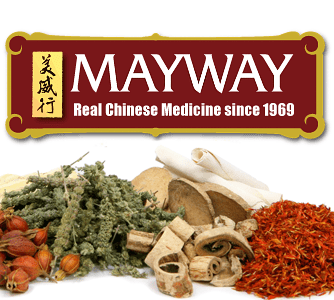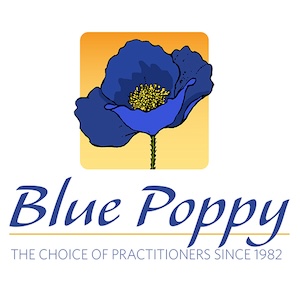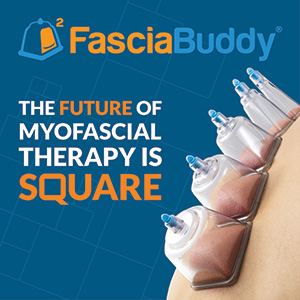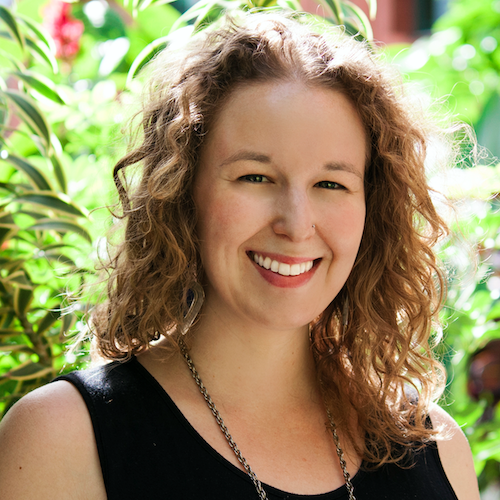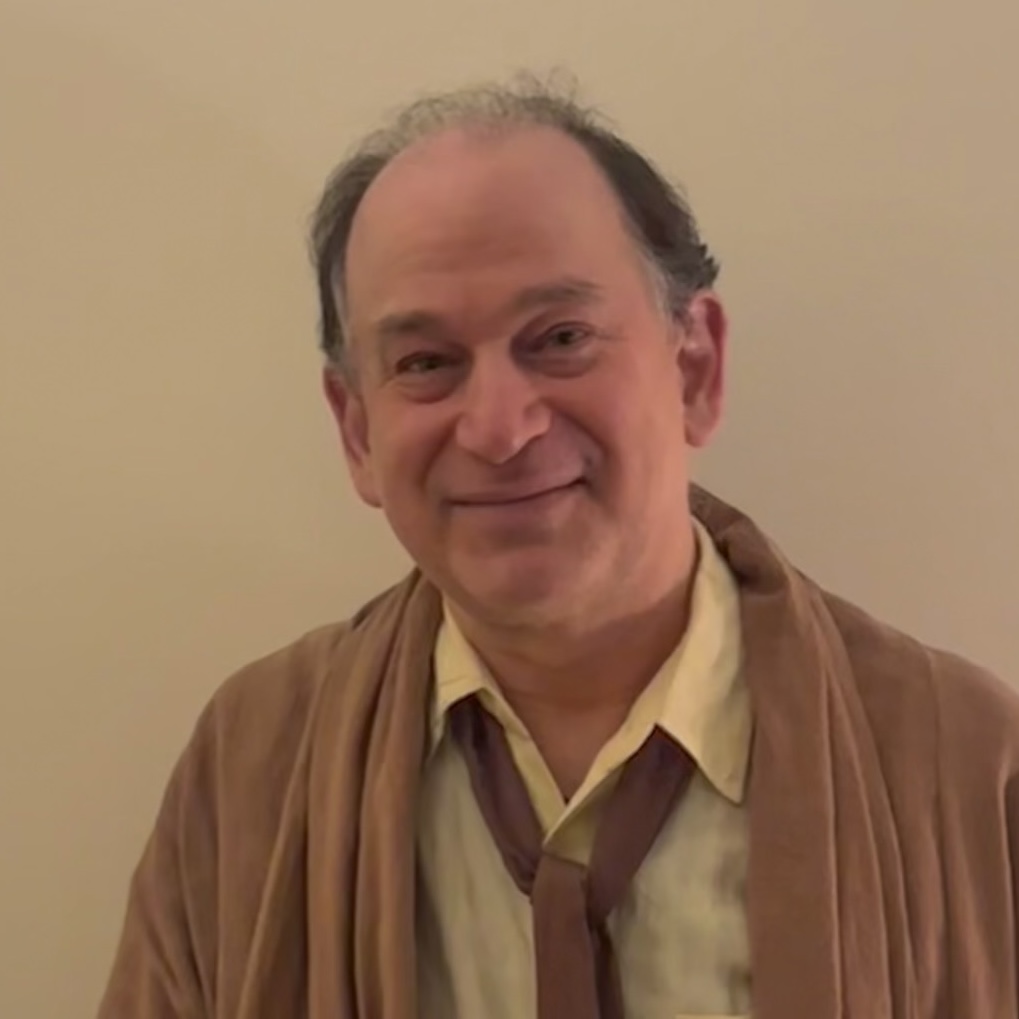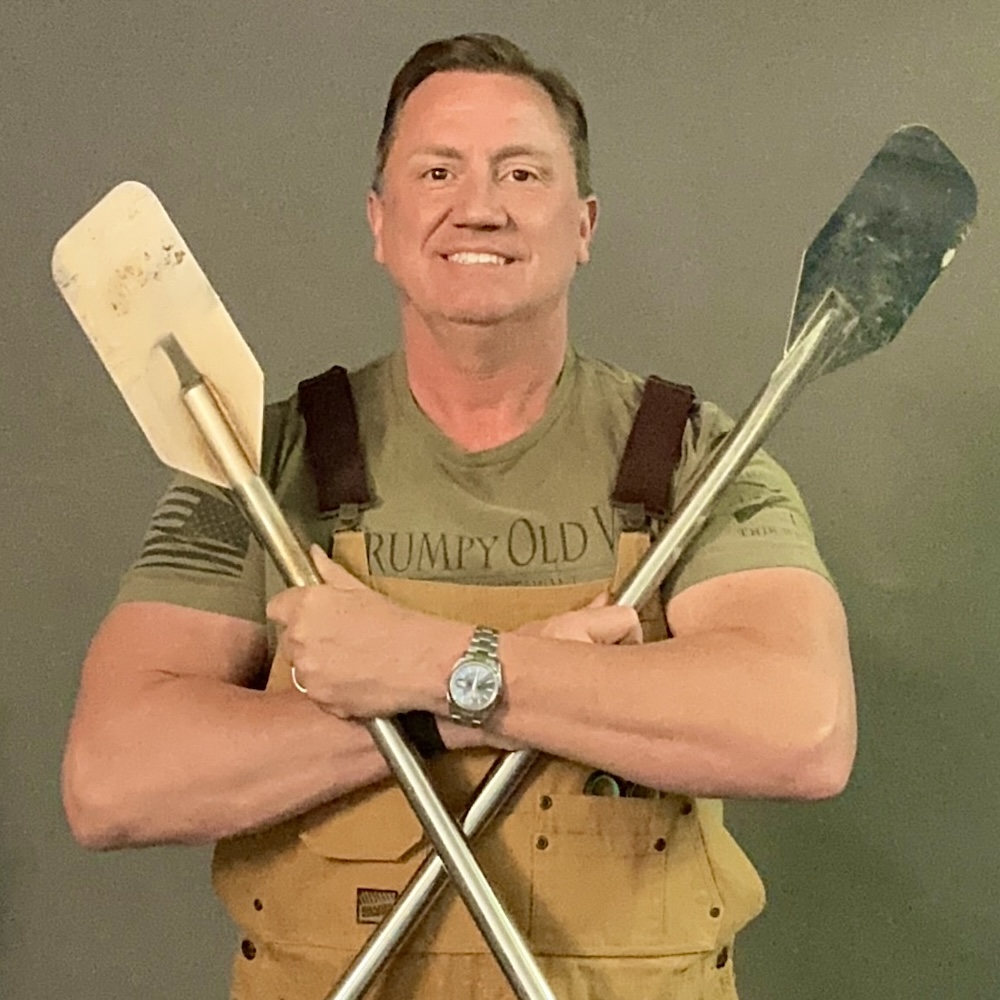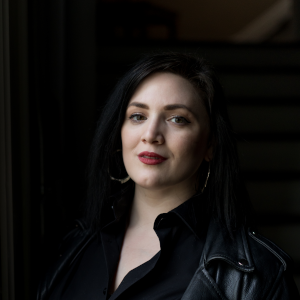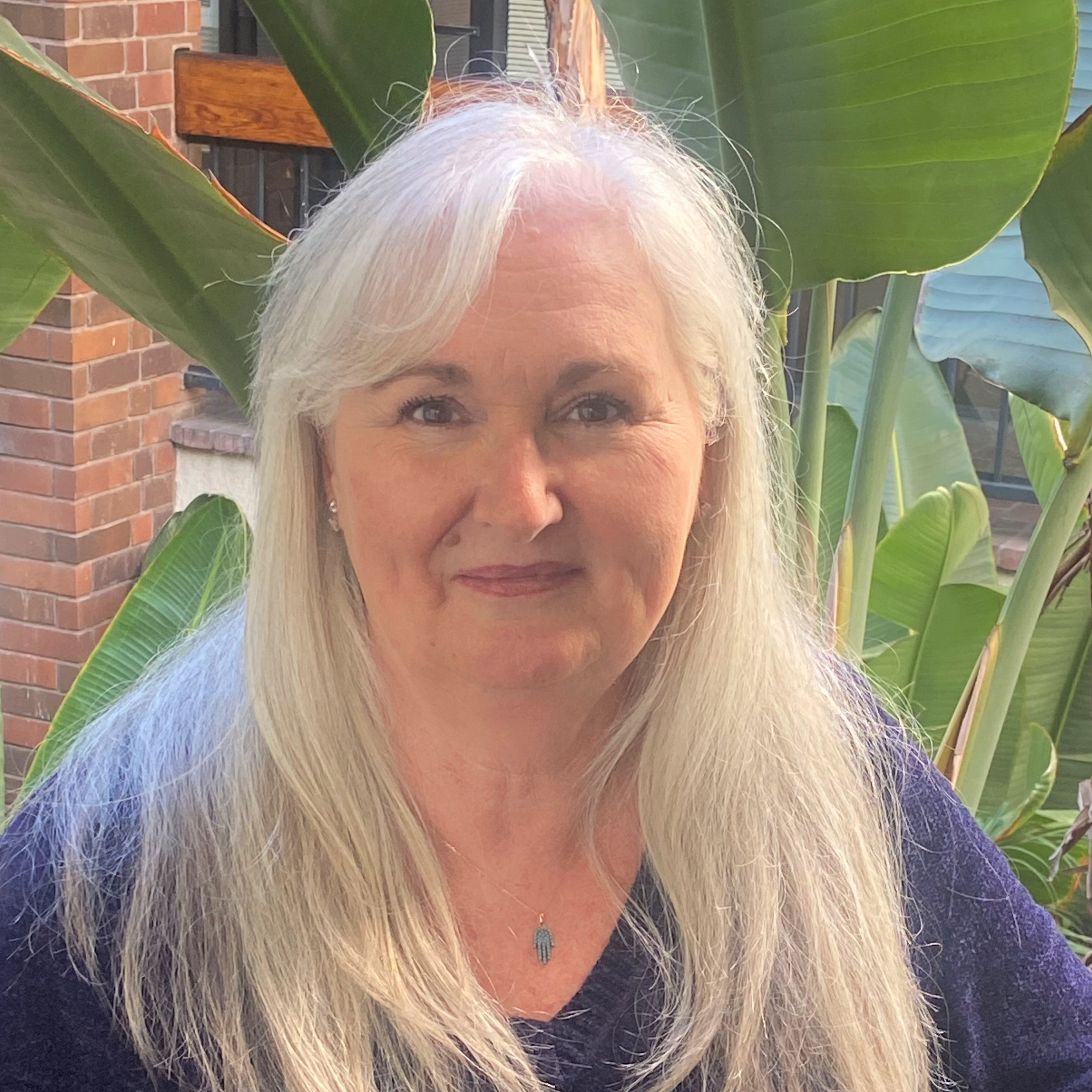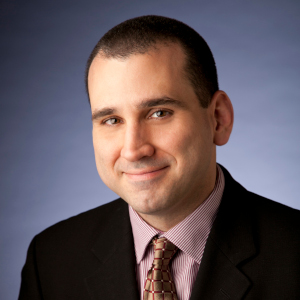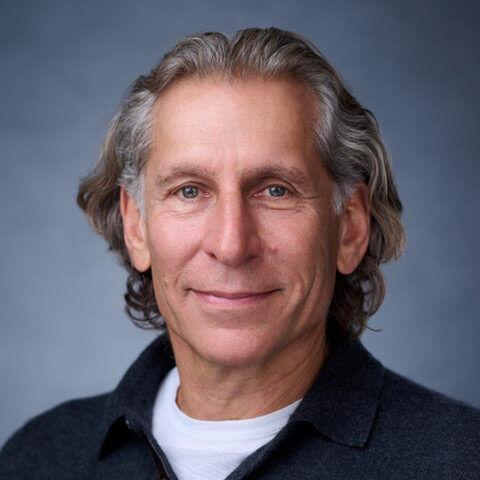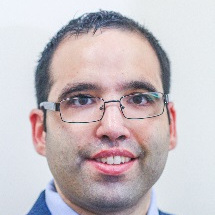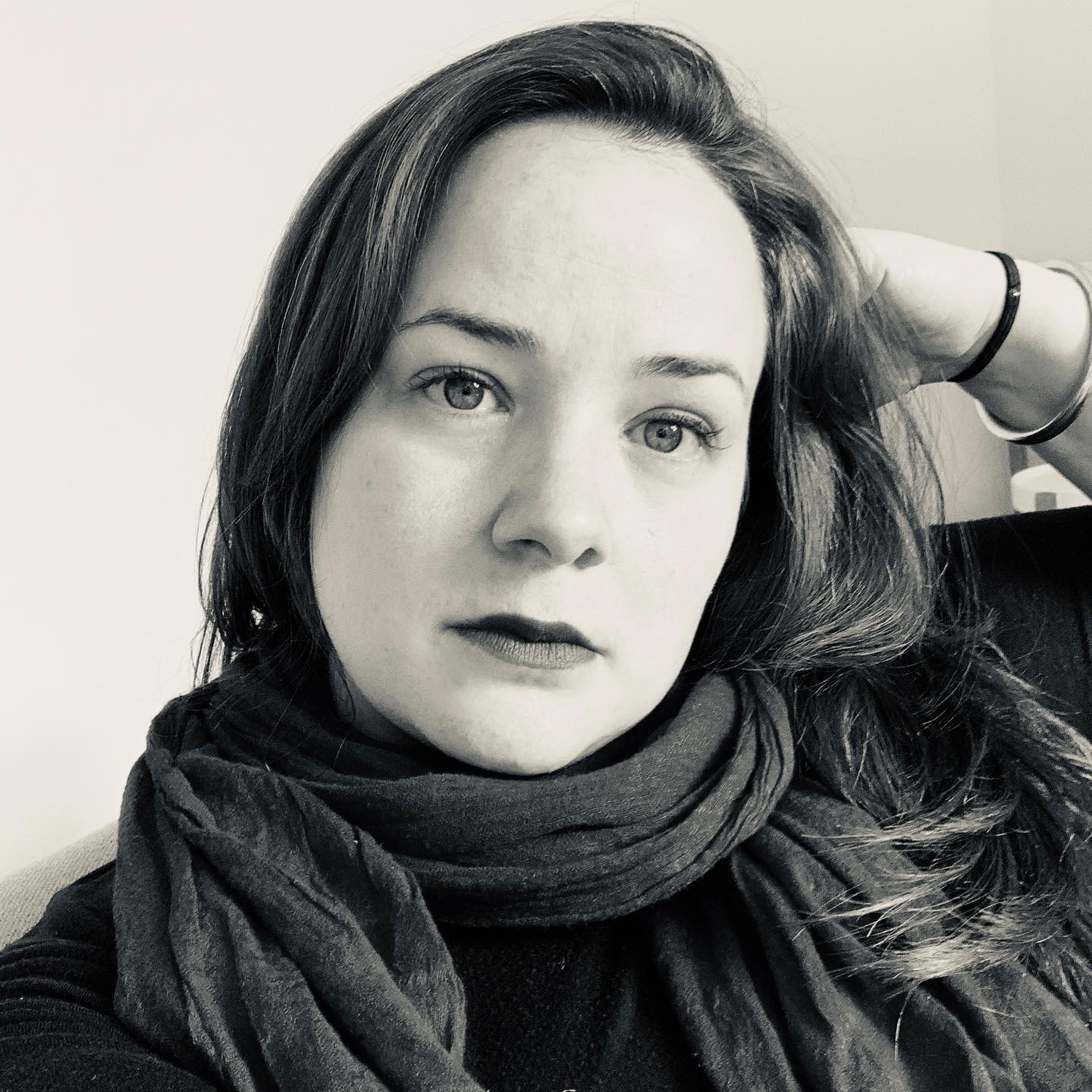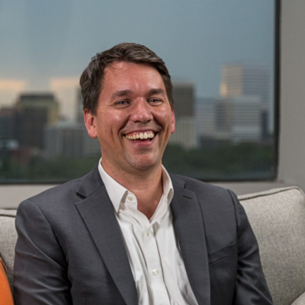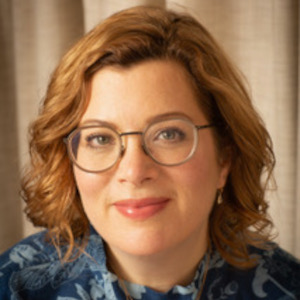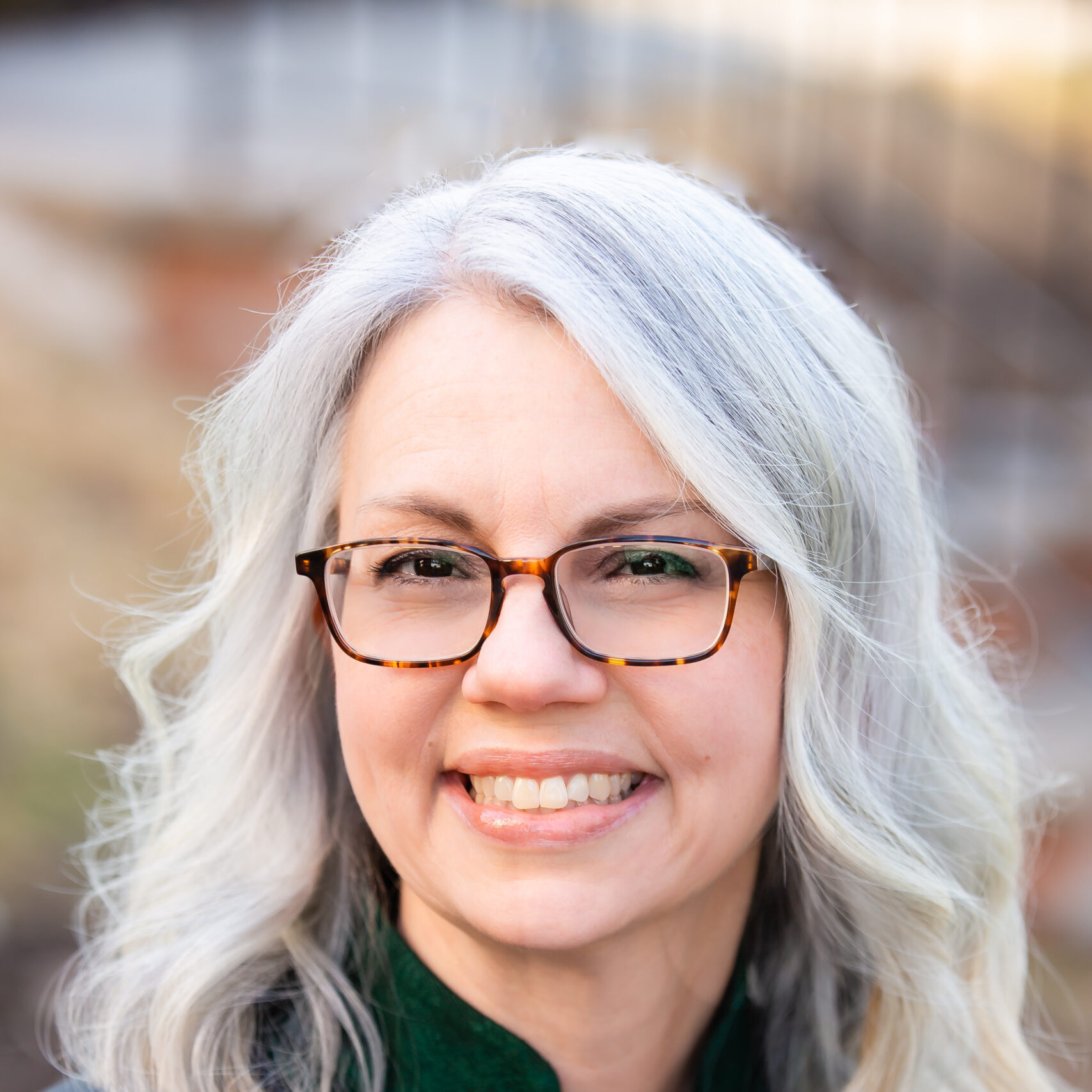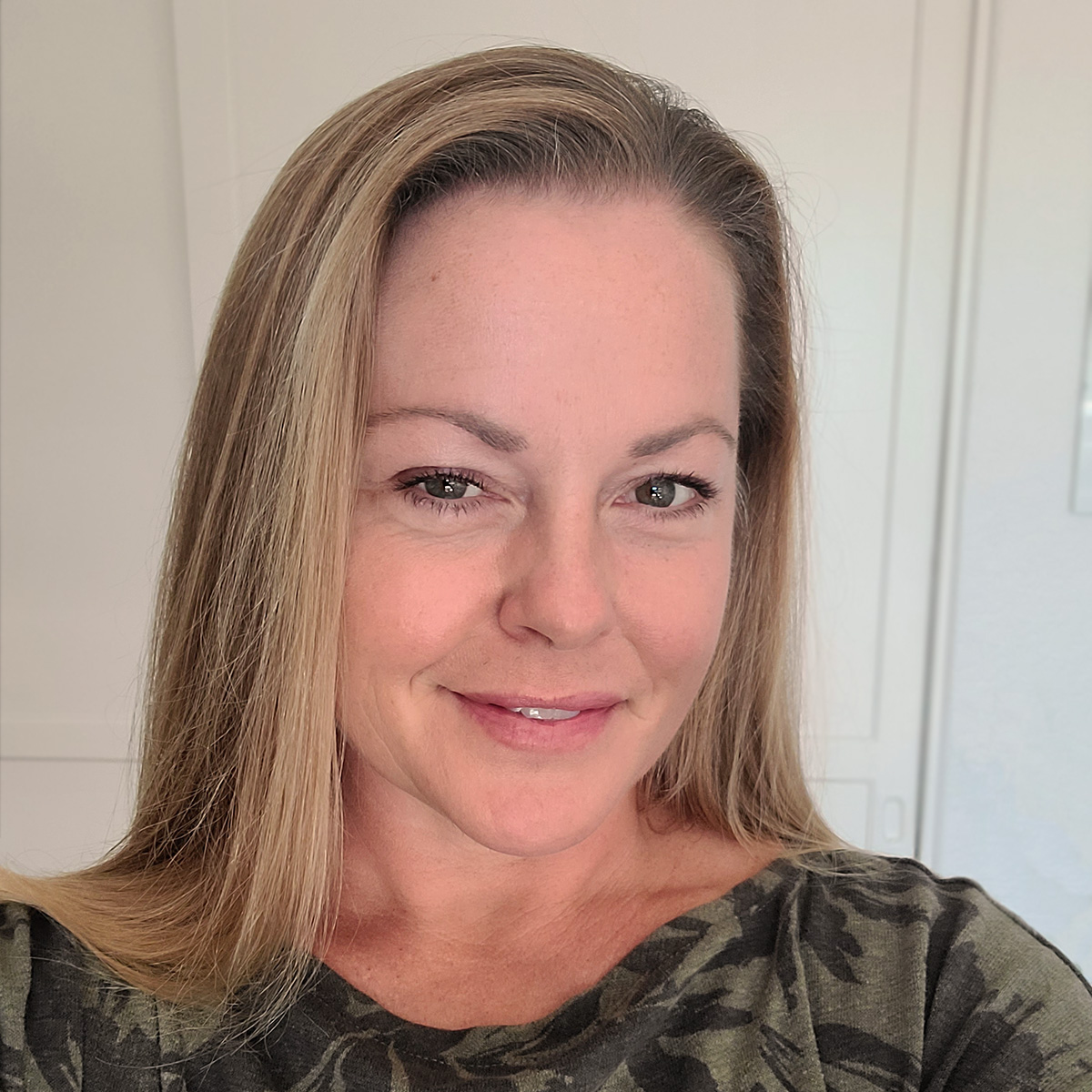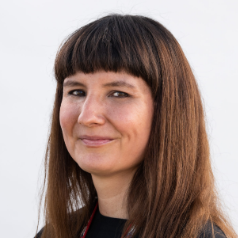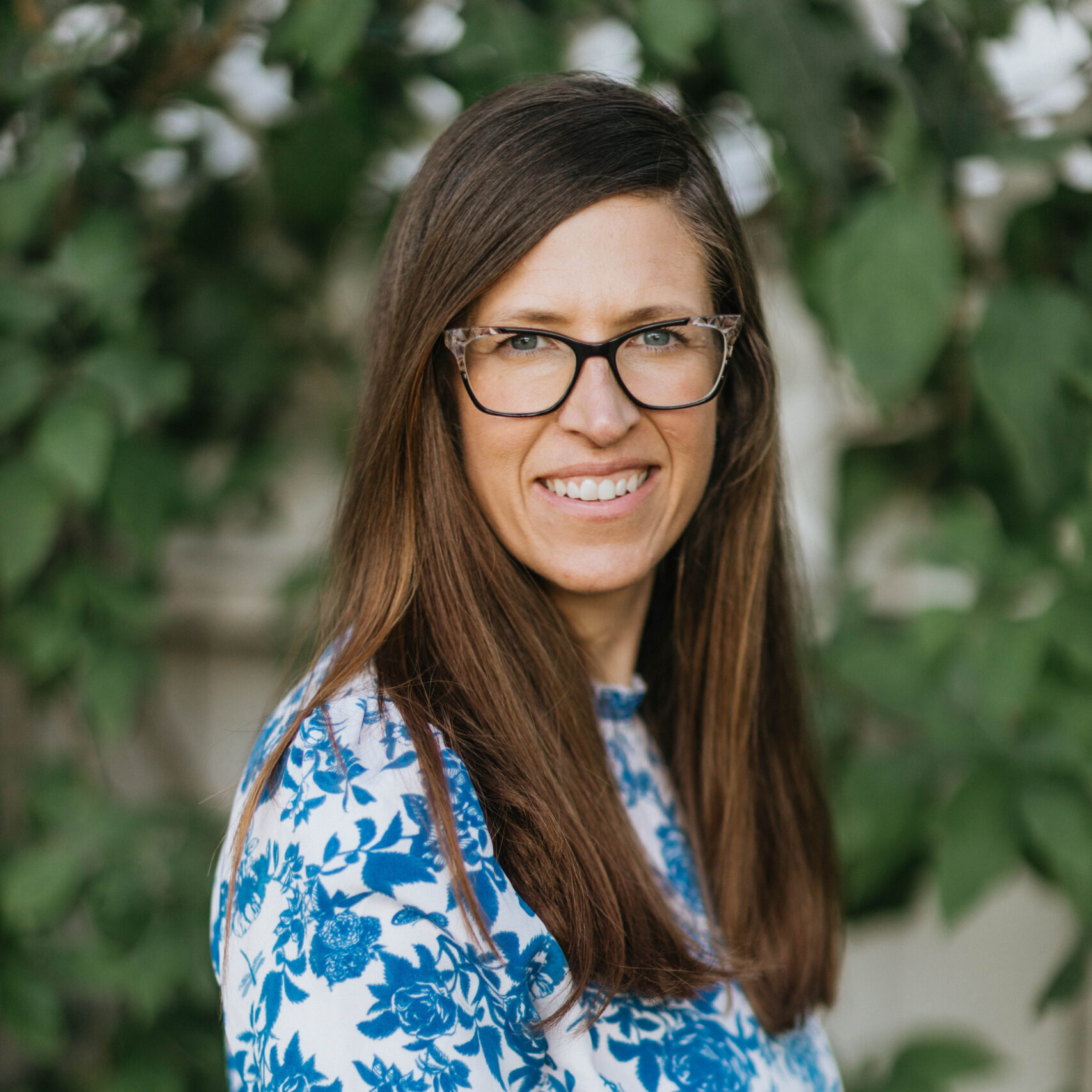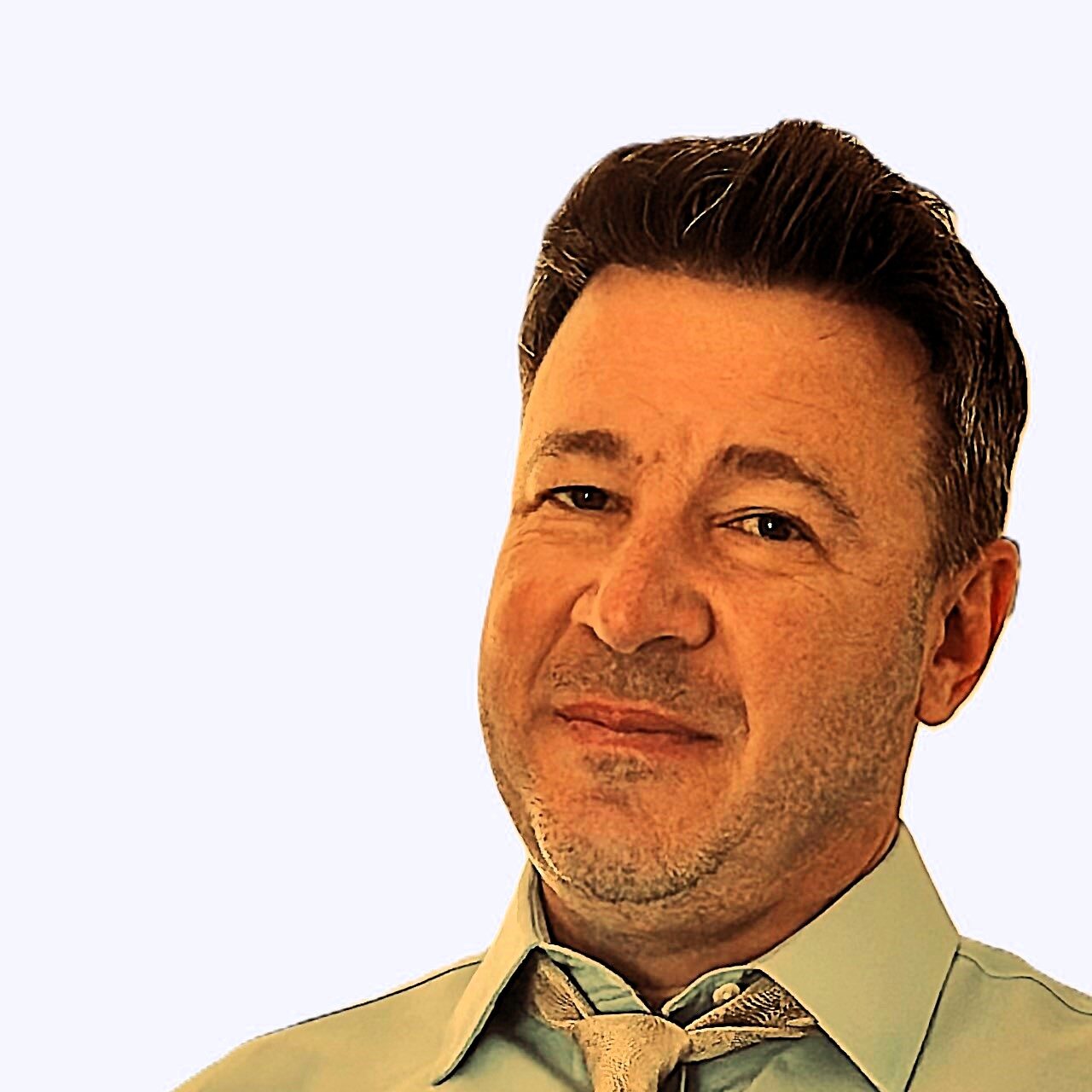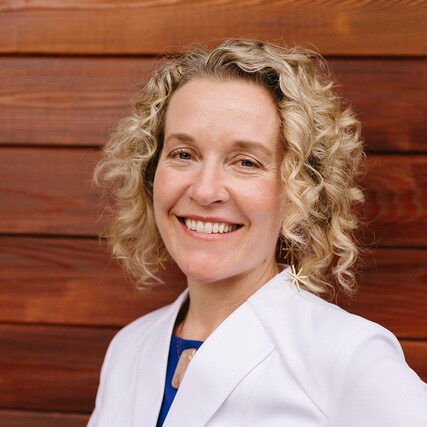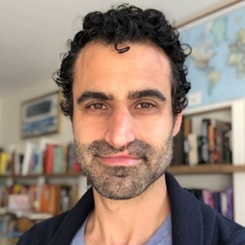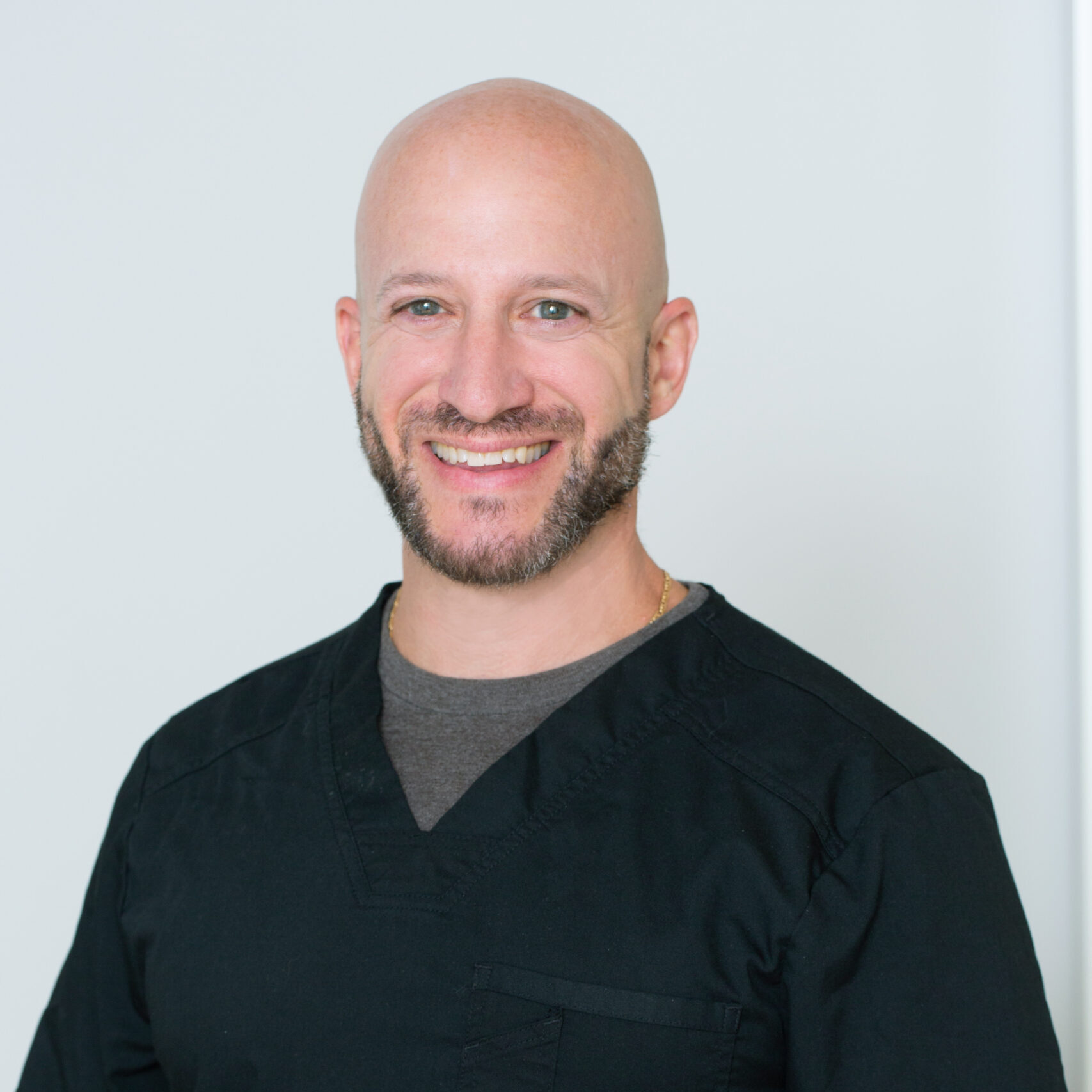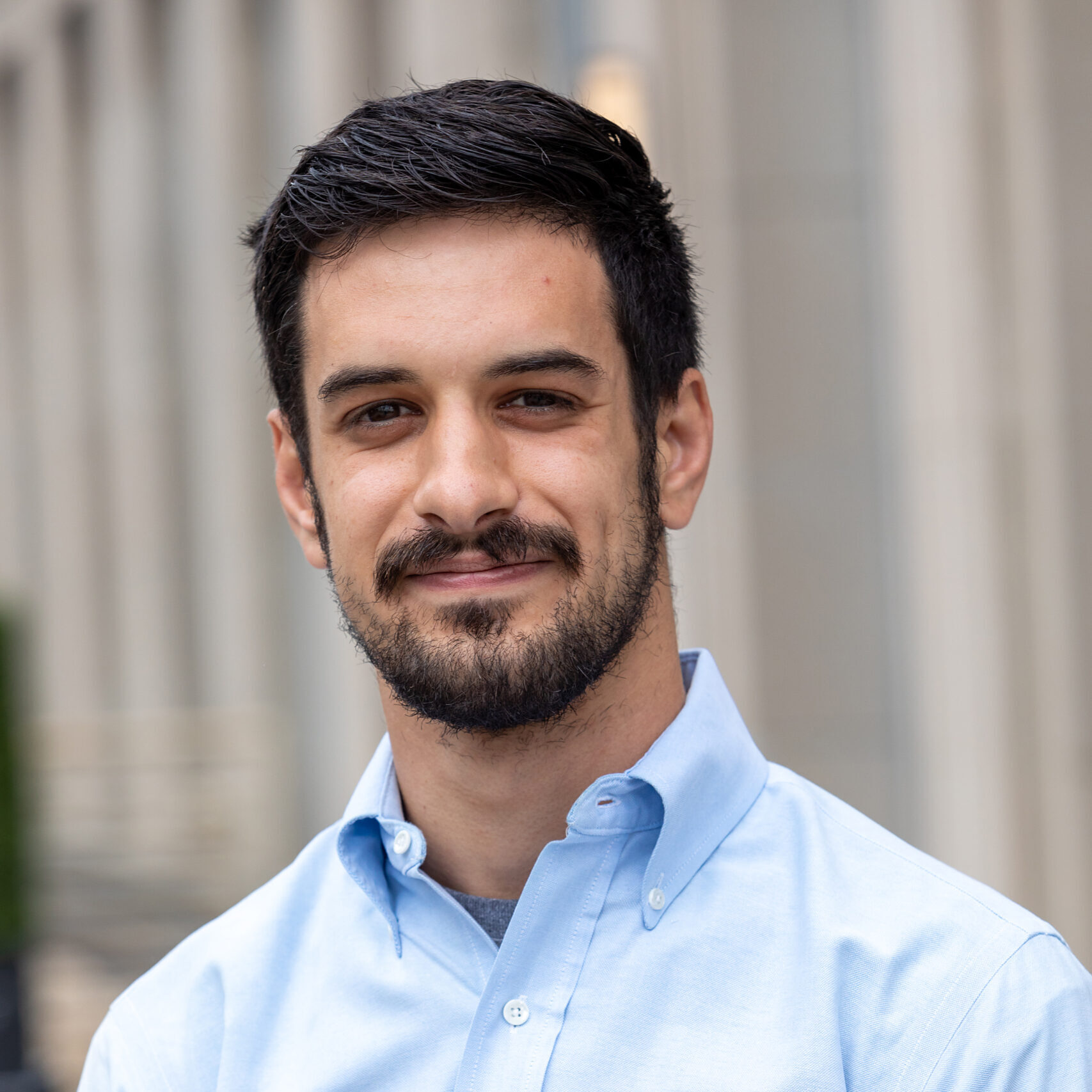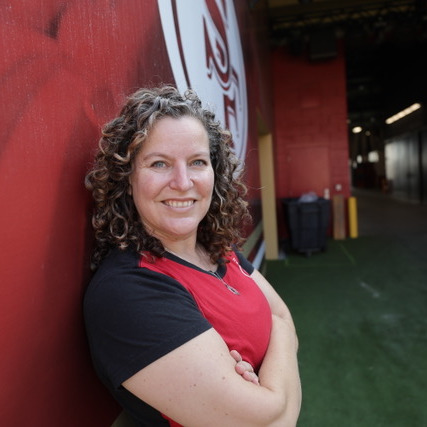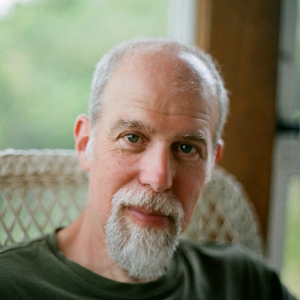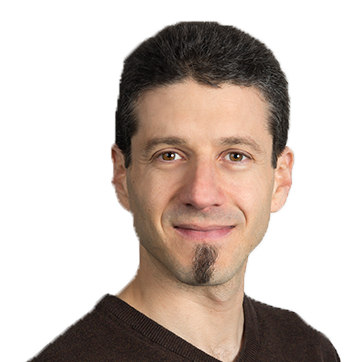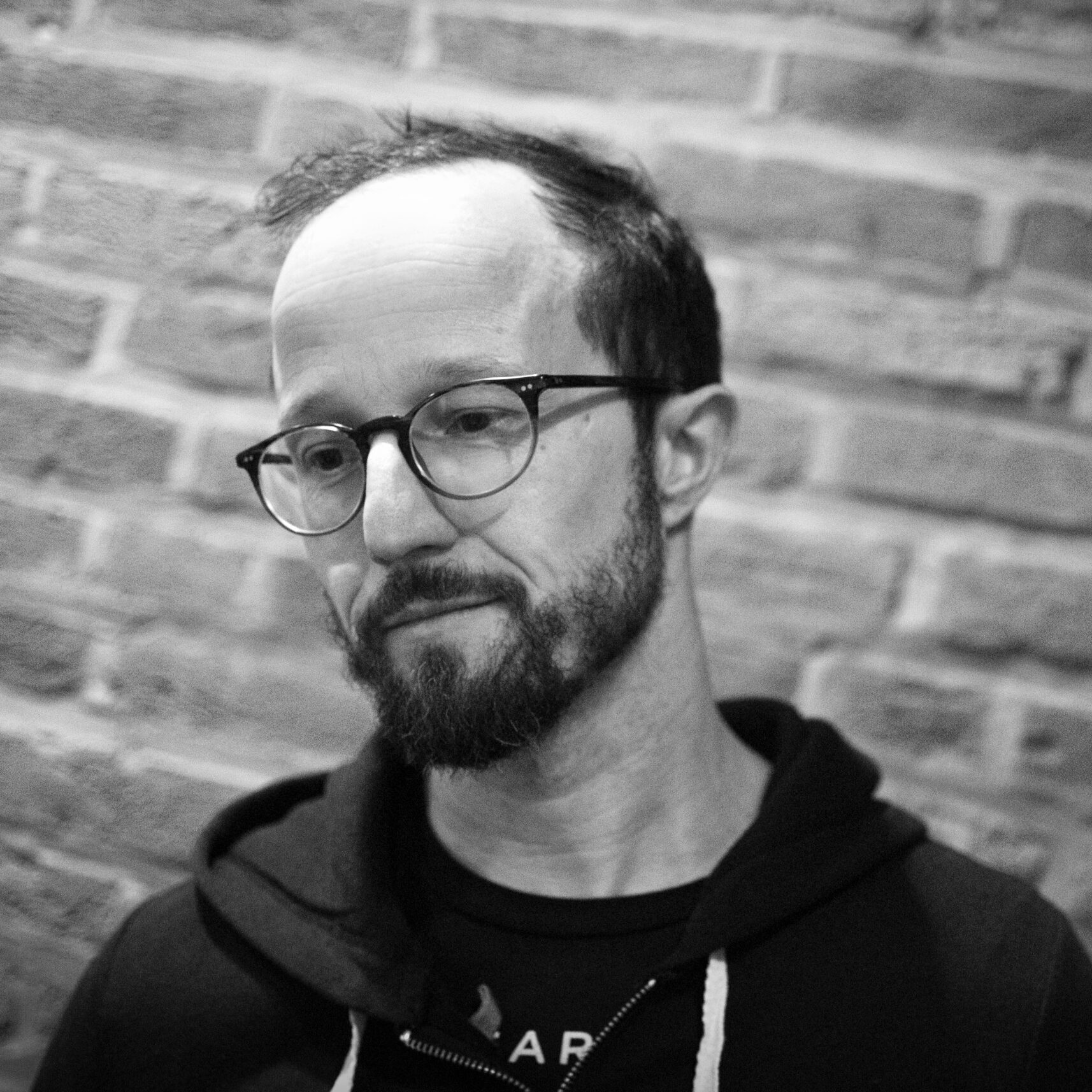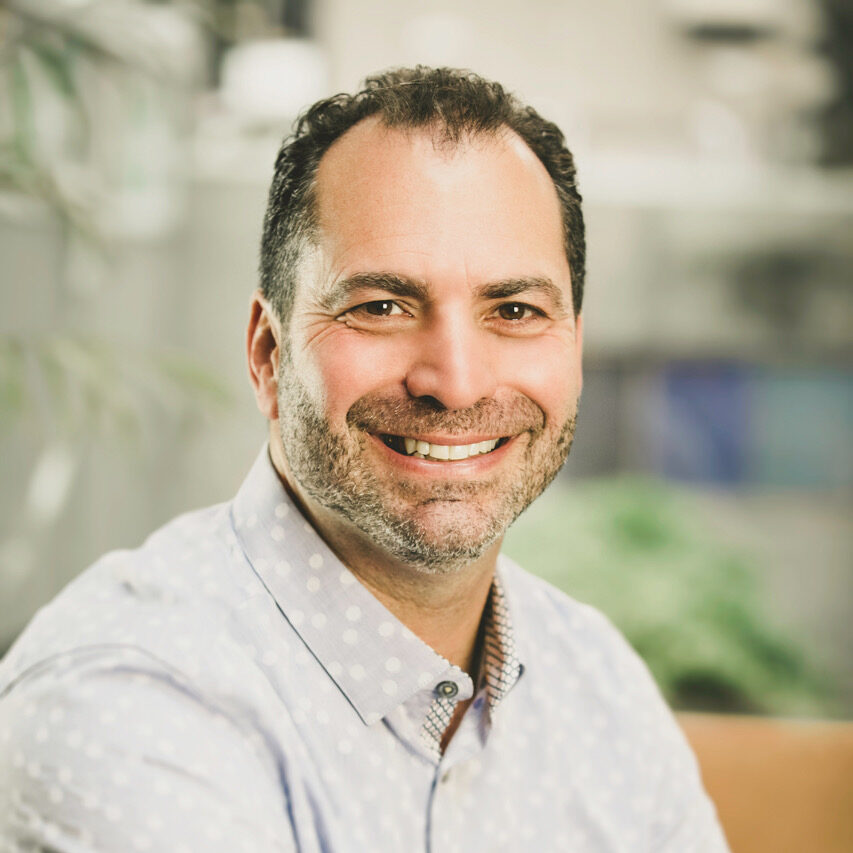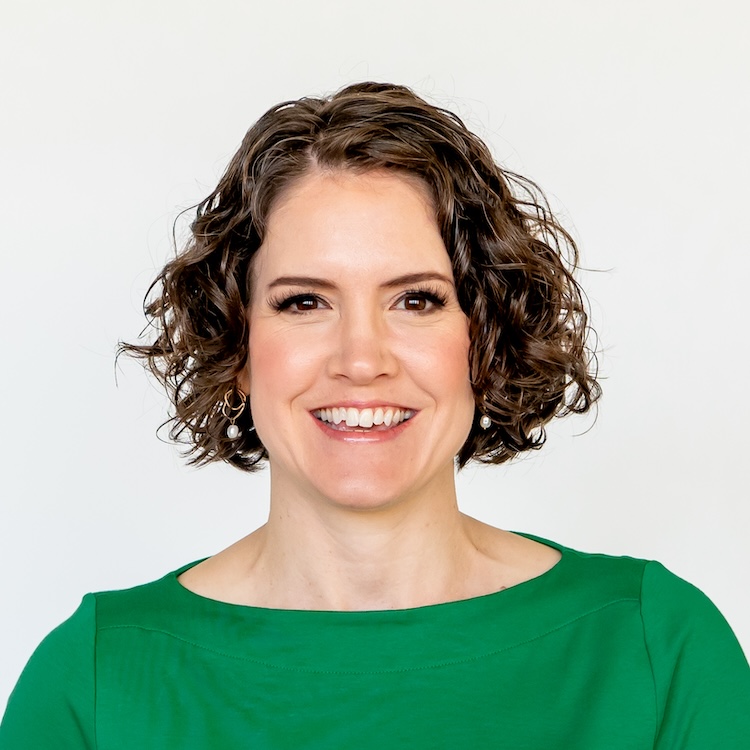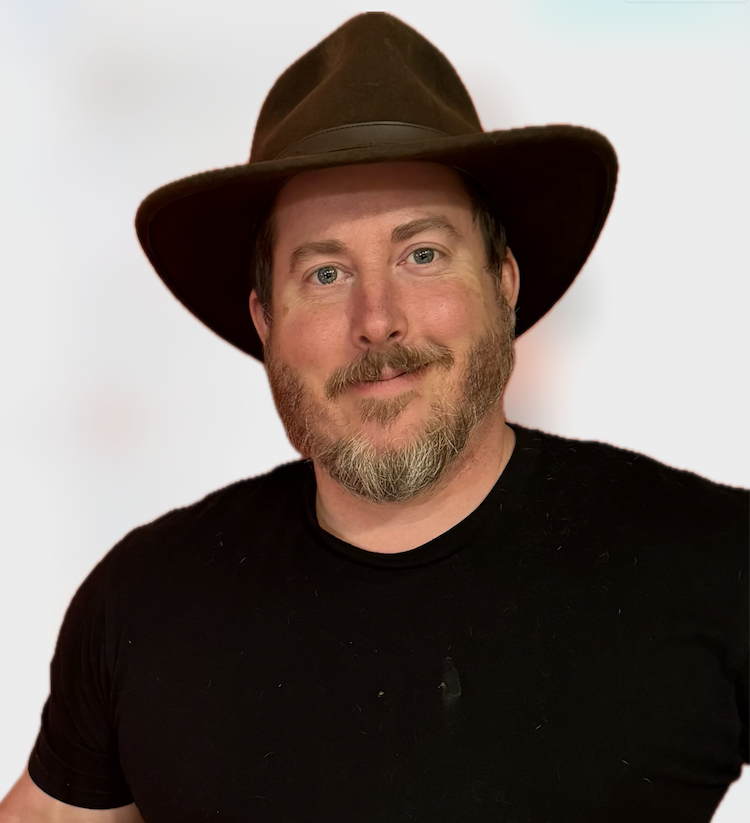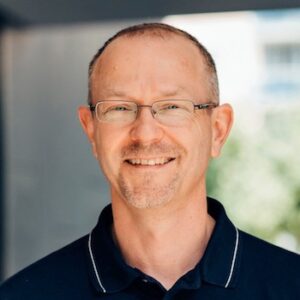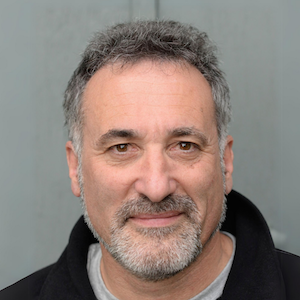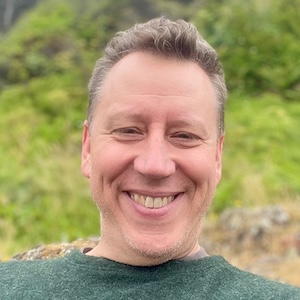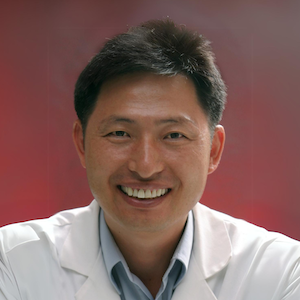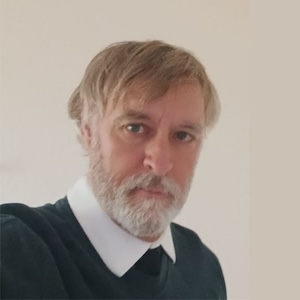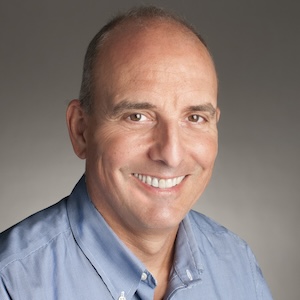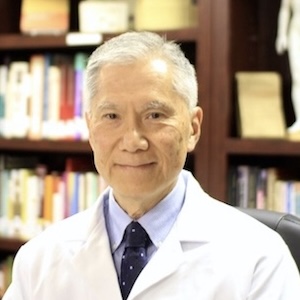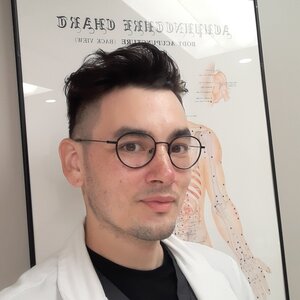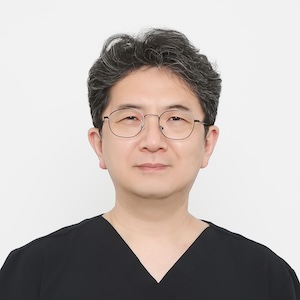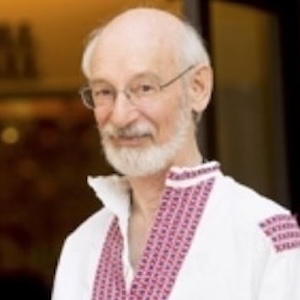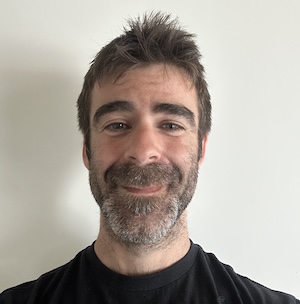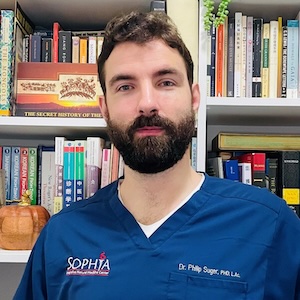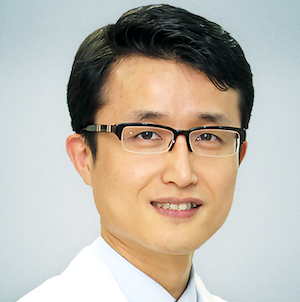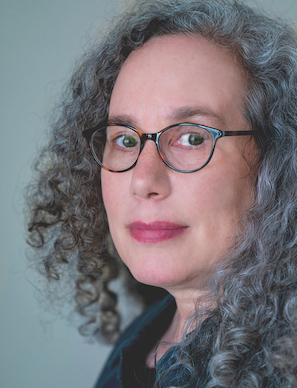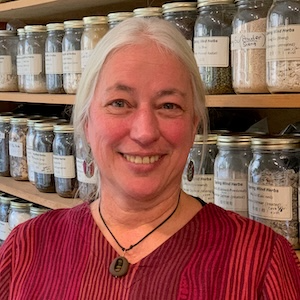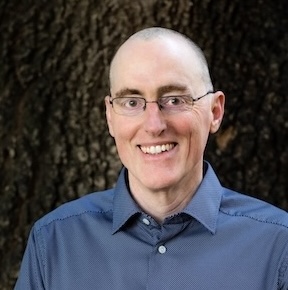Touch is our first sensation. It's a universal language. And it's a capacity we all have that can be used to restore health and nurture life.
Hands may not be represented in the Ancient Chinese symbol for listen 聽, ting. But as practitioners of East Asian medicine, we need to understand the importance of listening with our hands, of tapping into the power of intentional touch, and contacting our patients with awareness. Listening with the hands is the foundation of Sotai, Tuina, Shiatsu, and other bodywork modalities.
In this conversation with Bob Quinn, we touch on the use of Yin Sotai as a gentle method of bodywork, including its foundational principles and the implementation of the treatment in the clinic. Bob also highlights the influence of mentor Peter Thompson, the connection of Yin Sotai and Jeffrey Dann's Koshi balancing protocol, the legacy of Dr. Hashimoto, and the philosophical genius of Buckminster Fuller.
Listen into this discussion on the influences, principles, and clinical application of Yin Sotai, which is a unique contribution by Bob Quinn on the technique founded by Dr. Keizo Hashimoto.
In This Conversation We Discuss:
- The power of touch – Bob Quinn's background practicing Thai massage
- From Yang (direct method – Thai massage) to Yin (indirect method – Sotai)
- Learning Sotai under Peter Guy Thompson, a direct student of Dr. Hashimoto
- Understanding the foundational principles of Yin Sotai
- Clinical application of Yin Sotai
- Bob Quinn's practice of Yin Sotai as influenced by Jeffrey Dann's Koshi balancing protocol
- Gentle effort and awareness as a means to hold the possibility of neurological change
- The principle of Buckminster Fuller’s “doing more with lessing”
- The evolution of East Asian Medicine – “Things change, things get added, and things slide out”
- Importance of breath as a means of connecting and engaging with patients
- The principle of precession in a metaphorical understanding – “The intended outcome of a given action is always going to be less than the impact of the unintended outcomes”
Don't be overly influenced by where the patient reports her pain is located (though, obviously, do not ignore it either). Follow instead Bucky Fuller's admonition to “always start with the whole,” i.e., keep the “whole” of your patient as your focus, not the complaint itself.
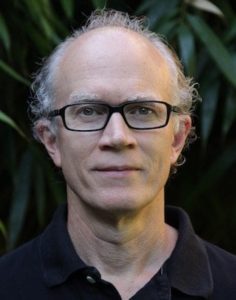
I am some sort of fusion between a bodyworker and an acupuncturist. I have studied many styles of acupuncture and numerous bodywork approaches, and in both fields I have wandered ever in the direction of gentler and gentler and yet gentler organizing ideas.
This fusion is seen in my work in Yin Sotai. It contains elements from various of my influences: Trager Bodywork, Feldenkrais ideas, Anat Baniel's Neuromovement, Koshi Balancing, Engaging Vitality, and traditional Sotai of course.
I am exploring in my work what it might mean to examine further Buckminster Fuller's idea of trying to accomplish ever more with ever less stimulation. He called this “morewithlessing.”
Links and Resources
Visit Bob's website
Find out more about the life and work of “Bucky” at the Buckminster Fuller Institute
Here are some videos of Bob doing Yin Sotai
Yin Sotai, Five Minute Treatment
Yin Sotai, Full Sotai Treatment
Yin Sotai, Additional Sotai Movements
